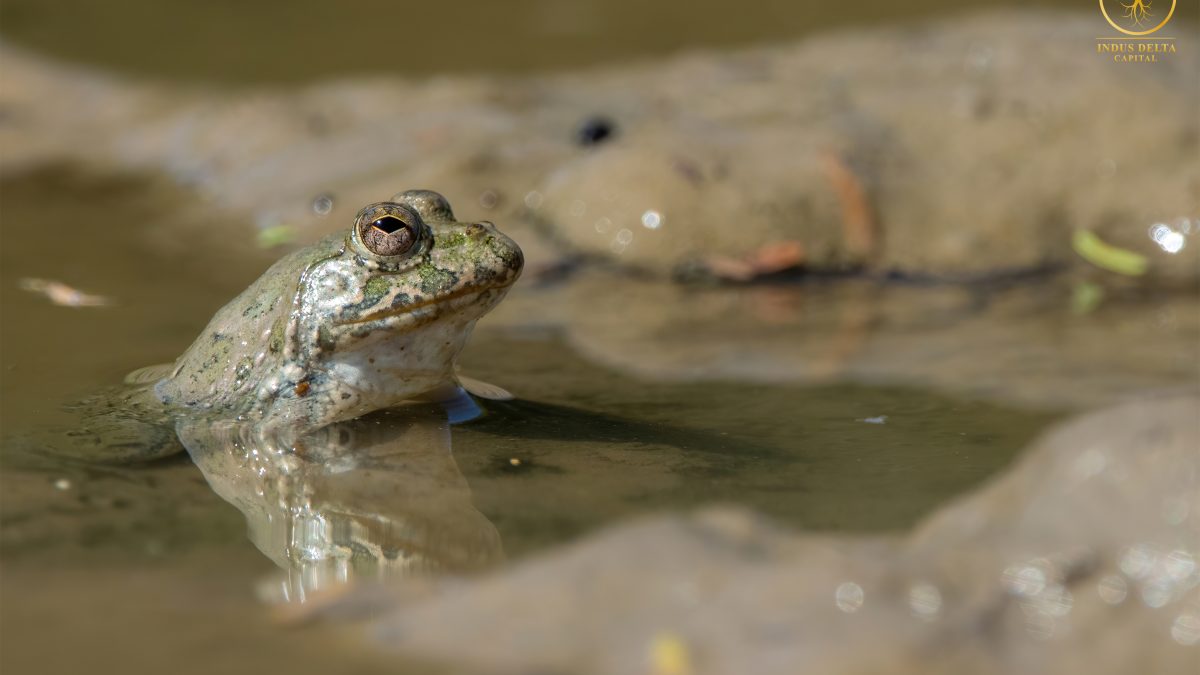Biodiversity
The Indus Delta Project area of 350,000 hectares is characterised by a thick canopy of mangrove trees, dominated by just a few tree species. This may give the impression of little habitat diversity, but looks can be deceiving.
The terrestrial and above-water portions of mangrove trees support a diverse fauna that includes mammals, birds, lizards, snakes, snails, crabs, spiders and insects.

Increasing protection for the Indus Delta Key Biodiversity Area
The project area of 350,000 hectares located in the coastal portion of the Indus eco-region is identified amongst the 40 most biologically rich eco-regions in the world. It is considered a Key Biodiversity Area (KBA) for supratidal biodiversity and terrestrial and sub-terrestrial biodiversity found in mangrove forests.
The area is home to some species of key concern which include the Fishing Cat (Prionailurus Viverrinus) whose status is vulnerable, Indus River Dolphin (Platanista minor) which is an endangered species, and a number of near threatened species including Pangolin (Manis crassicaudata), Asiatic Jackal (Canis Aureus) and the Bengal Fox (Vulpes Bengalensis).
The project affords and increases protection to these species of special concern by addressing the threats to them and their habitats through a number of approaches and controlling the direct and indirect drivers of biodiversity loss. These include:
- Preventing habitat and coastal biodiversity loss through controlling deforestation and degradation of existing mangrove forests and planting of new mangrove forests over vast areas.
- Controlling poaching and illegal trade through effective enforcement of wildlife law.
- Putting a check on unsustainable levels of resources harvesting and extraction.
- Resolving governance issues.
- Awareness raising amongst stakeholders.
- Training and capacity building of communities and other stakeholders.
The Indus Delta supports a variety of fish and wildlife habitats. A total of 38 finfish species, 21 shellfish, 75 bird, ten mammal and eight reptile species were recorded during a faunal biodiversity survey conducted there.

Indus River Dolphin (Platanista minor)

Asiatic Jackal (Canis Aureus)












